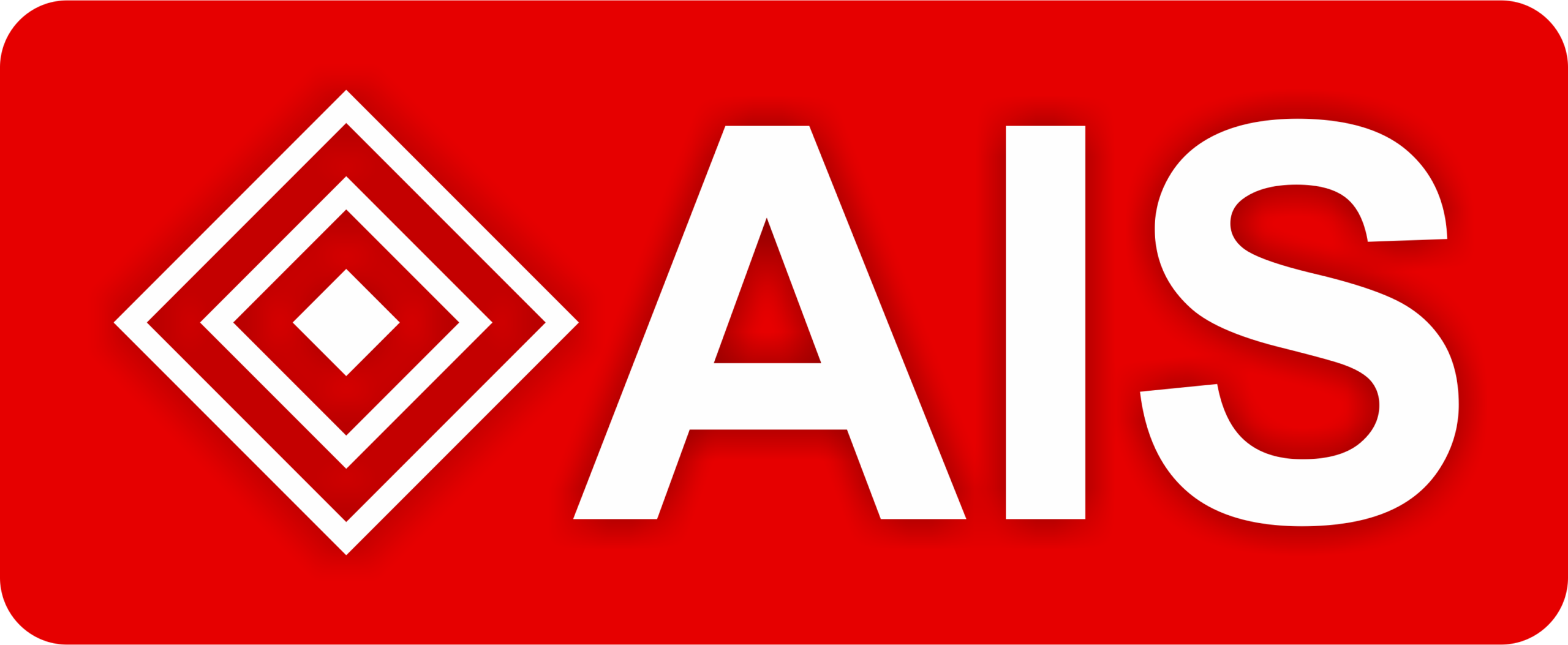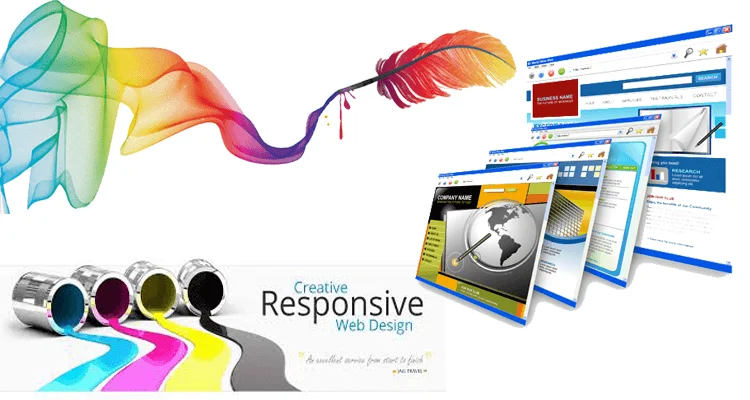Web design has become a very competitive business in recent years. You may have great, unique content on your website, but if the look and feel is of a poor standard, visitors won’t want to stay and look around. The design of a website should first and full most complement the purpose as well as the particular niche it is in, and it should ensure reading and browsing is as easy and hopefully intuitive experience for any visitor.
Structure
The content on any website must be structured and organised. Content should be planned out and divided into logical sections by making them visible and easily discoverable. When content needs to be broken up, break it up into different pages. If content is sparse on a particular topic, try to add it with content that complements it in a logical way. Blank space in some cases can look out of place, and it can give the impression that the content is not important. This does however depends on what the site is about. For example, an art or design site may for aesthetic reasons use negative space.
Optimization
Optimizing a website makes it load quicker and more efficiently for visitors as well as improving the overall design. Imagery of any kind needs to be sized and optimized appropriately. Stretched images that are too large, for example, will look awkward and probably pixelate too. Use a gallery view or thumbnails if larger images are needed, so that they don’t eat up too much room on the page. This will also help towards a faster loading website. Remember to take in to consideration that your site will be used on a number of different devices including laptop and desktop computers, mobile phones and tablets, all with varying sized screens. All have different resolutions, and the website must be readable and optimized for them all.
Break Up your Text
Websites with walls of text are hard to read and off-putting to visitors. Breaking up the text and content with images, paragraphs, lists or subheadings lets visitors quickly scan content to see if it is relevant to their interests. If so, they will be encouraged to read the rest.
Readability and Usability
All web design should have content that is easy to find so visitors can intuitively find the information they need. Users should be able to scan pages and know what information is where, and navigation on the website must be easy with the use of appropriate menus and buttons. Navigation should always be consistent throughout a website and a site search function or site map can make it much easier for visitors.
Similarly, websites should be clear. Avoid overusing distracting animations and graphics, using garish or contrasting colour schemes and using vivid colours for the fonts. Busy backgrounds often make a website harder to read. If the overall design of a site strains the visitor’s eyes or makes it difficult to look at, they won’t want to read it and will move on in most cases.
Create A Brand
Branding a site can actually make it more appealing and in some cases attractive, and it can tie in with the design of the rest of the site. An appropriate, well-designed logo can make the website more recognisable and hopefully memorable, and it can also determine the whole colour scheme for the web design. Make sure the colours used reflect the sector and possibly even the values of the site.
Keep it Simple
Your websites functions and features need to be appropriate and simple. They don’t need a huge amount of Web 2.0 features just for the sake of it. Embedded media and other plug-ins can be used effectively too, but overusing them can make it look a little over crowed. This is most true for social media widgets, which should only be used if the social media sites have a dedicated user base that is active.



Leave A Comment